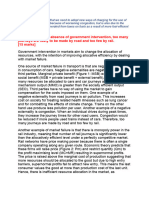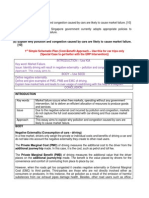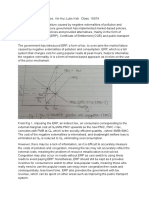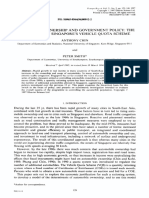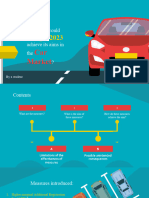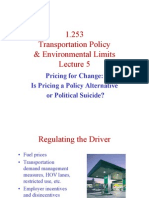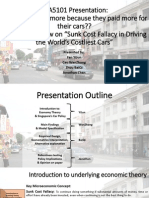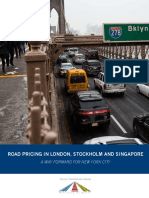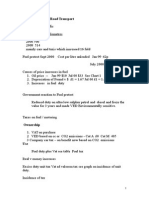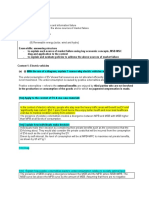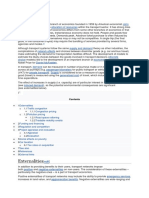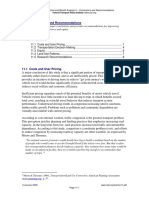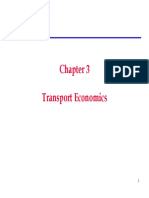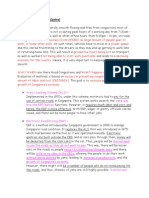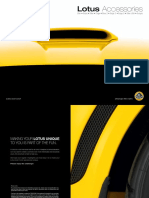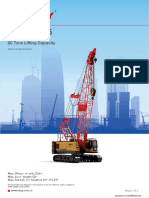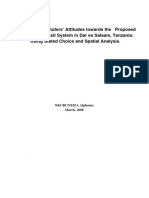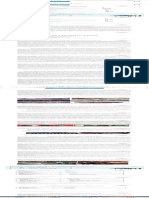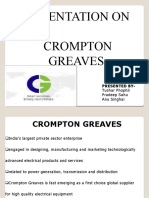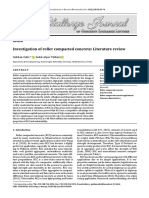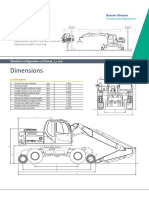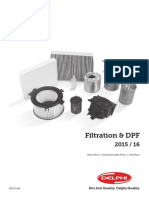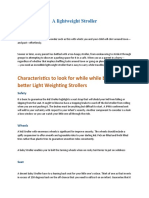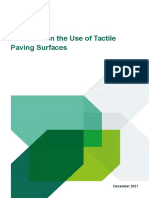0% found this document useful (0 votes)
2K views24 pagesMarket Failure (Traffic Congestion)
The document discusses how pollution and congestion from cars can cause market failure. It explains that negative externalities like pollution and congestion are not reflected in the private marginal cost of driving. This leads to overconsumption of car usage from a societal perspective. The Singapore government addresses this through policies like additional registration fees, vehicle quota systems, and electronic road pricing to manage both car ownership and usage, and bring private marginal cost in line with social marginal cost. However, these policies each have limitations and a complex system is needed to effectively reduce negative externalities from car usage.
Uploaded by
ahhjunnCopyright
© Attribution Non-Commercial (BY-NC)
We take content rights seriously. If you suspect this is your content, claim it here.
Available Formats
Download as PPT, PDF, TXT or read online on Scribd
0% found this document useful (0 votes)
2K views24 pagesMarket Failure (Traffic Congestion)
The document discusses how pollution and congestion from cars can cause market failure. It explains that negative externalities like pollution and congestion are not reflected in the private marginal cost of driving. This leads to overconsumption of car usage from a societal perspective. The Singapore government addresses this through policies like additional registration fees, vehicle quota systems, and electronic road pricing to manage both car ownership and usage, and bring private marginal cost in line with social marginal cost. However, these policies each have limitations and a complex system is needed to effectively reduce negative externalities from car usage.
Uploaded by
ahhjunnCopyright
© Attribution Non-Commercial (BY-NC)
We take content rights seriously. If you suspect this is your content, claim it here.
Available Formats
Download as PPT, PDF, TXT or read online on Scribd
/ 24
